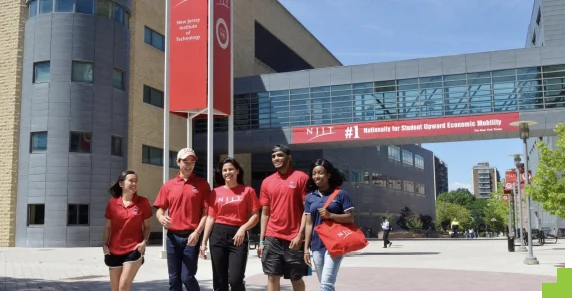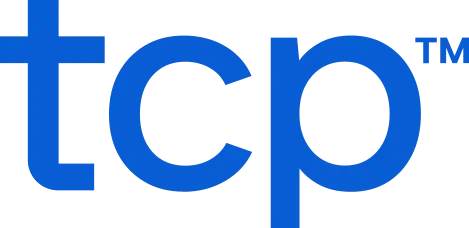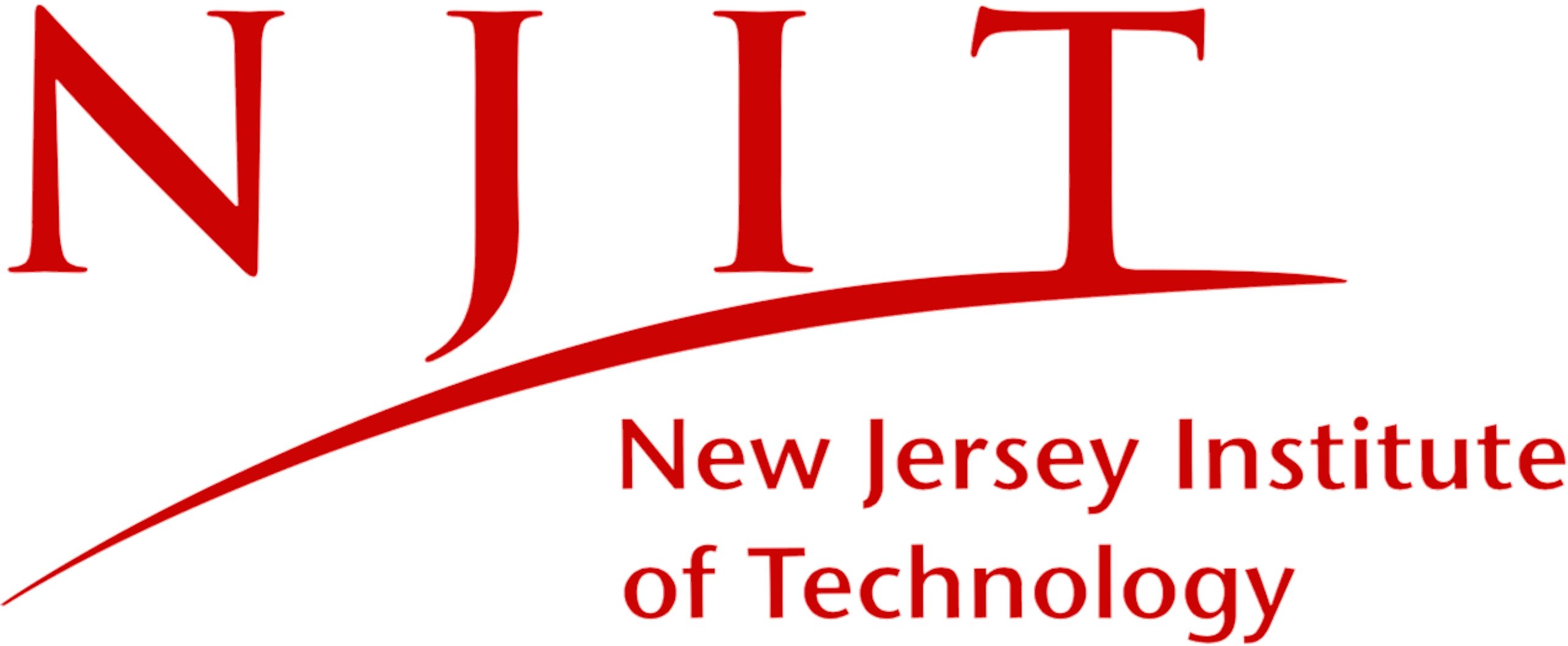For the Facilities team at New Jersey Institute of Technology (NJIT), timekeeping once meant paper logs, manual entry, and far too many errors. But in a busy, compliance-driven environment, they knew they needed a better way to track time — one that was accurate, consistent, and union-compliant.
That’s where TimeClock Plus came in.

Manual time tracking created risk and inefficiency
Imagine showing up to work, flipping through a paper sign-in book, and handwriting your arrival, break, and end time — every day, for 200+ employees. That was NJIT’s reality. Then supervisors retyped everything into the ERP system, leaving plenty of room for errors, delays, and compliance risk.
“It was labor-intensive and inconsistent,” said Rob Gjini, Assistant Vice President of Facility Systems at NJIT. “It made it harder to comply with contract and union rules, and mistakes impacted payroll accuracy.”
With supervisors interpreting union policies differently, the lack of standardization created more confusion and more risk.
An automated system that reduces errors and boosts accountability
To modernize its operations, NJIT turned to TimeClock Plus, TCP Software’s automated time and attendance solution. The platform helped the department streamline time tracking, enforce union rules, and make time entry more accurate and secure.
Accurate punches with biometric time clocks
The bustling workers in facilities often mismanaged their clock-ins and clock-outs, with sometimes a 15-minute difference between shift start and end times. Even the slightest difference could throw everything off. Installing biometric time clocks helped NJIT eliminate buddy punching and improve punctuality one fingerprint at a time.
“We now know the time itself is something that’s seamless, accurate, and unchallengeable,” said Gjini.
Single sign-on also simplified onboarding. New employees no longer needed manual credential setup, and supervisors spent less time managing logins.
Leave and scheduling made simple
Before TimeClock Plus, leave requests were handwritten, unclear, and time-consuming to sort through. Designating between family sick leave versus regular sick leave used to be burdensome for supervisors to decipher the proper code for the correct leave type when workers created requests manually.
Now, employees can submit requests digitally using predefined leave templates, and supervisors get real-time alerts to approve or review those requests and adjust schedules accordingly.
Built-in compliance for union policies
TimeClock Plus has also helped NJIT navigate complex union rules more effectively. Rather than leaving compliance to individual supervisor interpretation, the platform automatically enforces contract-specific policies, like overtime and leave rules.
“One supervisor for one employee in a union was doing things differently than another,” Gjini explained. “Which is a big problem.”
Union rules are now built directly into the system, keeping everything consistent and fair.

Better visibility, fewer errors, less manual work
With TimeClock Plus, NJIT has eliminated many of the pain points of manual processes. Time is tracked automatically, compliance is built-in, and integrations with Ellucian Banner, NJIT’s ERP system, ensure smoother payroll reporting.
“Every step you can take off the supervisors’ plate is worth a lot,” Gjini said.
And when support is needed, TCP delivers.
“I had people on the phone very quickly who were knowledgeable about the product,” said Gjini. “They helped us understand both the options and the impact of each option.”
Leaning into technology for continuous improvement
As NJIT continues to evolve, so does its commitment to leveraging technology to empower staff and streamline operations.
With TimeClock Plus, the university’s Facilities team now operates with confidence across all touch points of its workforce management process, every step of the way.
TCP Software’s employee scheduling and time and attendance solutions have the flexibility and scalability to suit your business and your employees, now and as you grow.
From TimeClock Plus, which automates even the most complex payroll calculations and leave management requests, to Humanity Schedule for dynamic employee scheduling that saves you time and money, we have everything you need to meet your organization’s needs, no matter how unique. Plus, with Aladtec, we offer 24/7 public safety scheduling solutions for your hometown heroes.
Ready to learn how TCP Software takes the pain out of employee scheduling and time tracking? Speak with an expert today.




